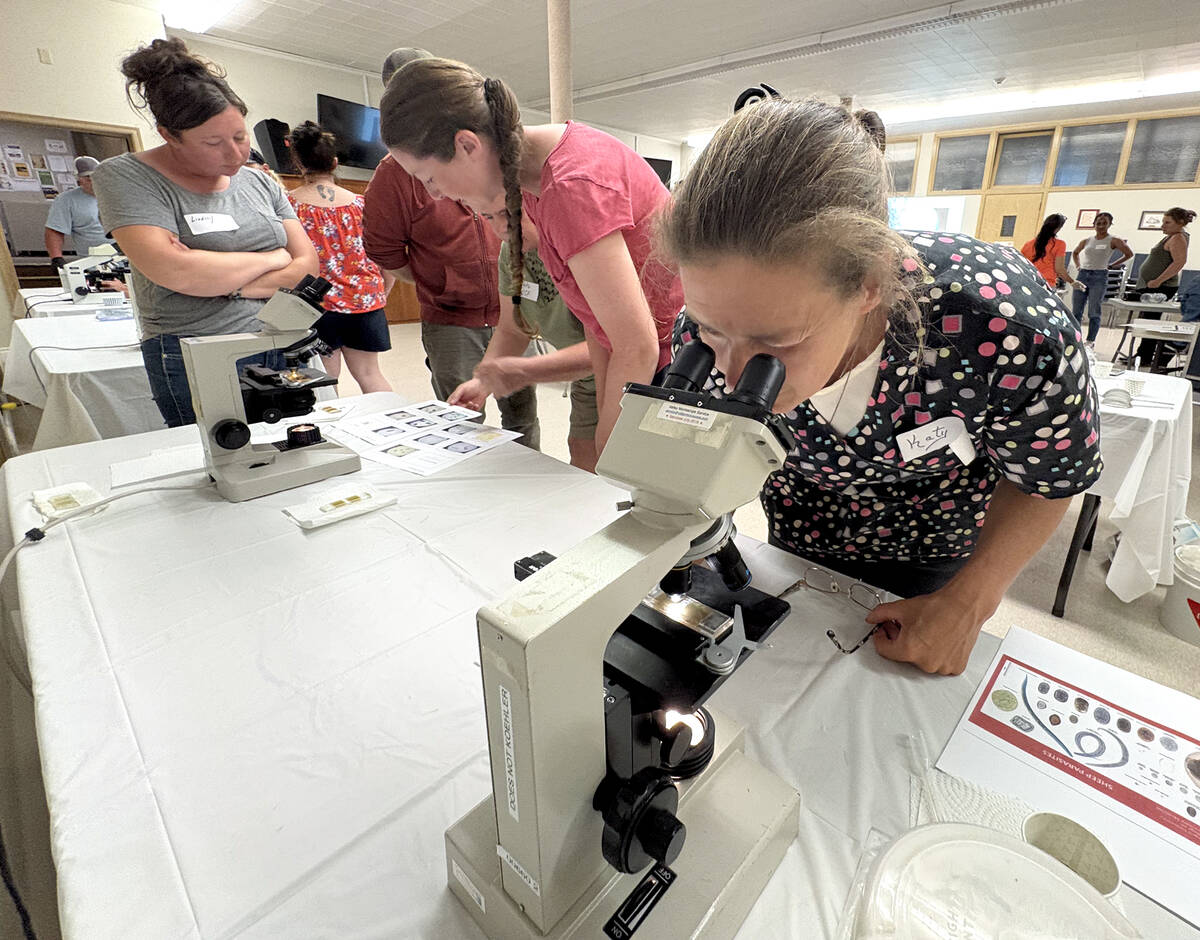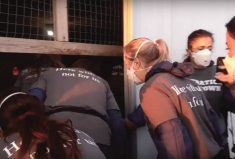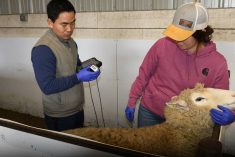Aspeaker at a recent national cattle industry event showed a video which both bemused and shocked the audience. The speaker and her research company, on behalf of an industry group, was investigating public response to the image of beef.
Part of the research involved a focus group to ascertain their opinions on the topic. The use of such groups is a common practice in the public relations and advertising business. The idea being that by carefully selecting people from specific demographic groups, a researcher can determine what their average response will be to an issue, a product, a service etc. It’s all somewhat subjective, but it can provide some interesting insights.
Read Also

Smart deworming for sheep starts with individual fecal egg counts
Fecal egg count tests are one step to managing dewormer resistance and managing sheep parasites on Canadian sheep farms to maintain flock health.
Companies use this type of research to determine whether a new product will be in demand and actually saleable. It’s better to determine up front what might sell rather than risk a lot of investment bringing a product to market that will fail.
It doesn’t always work out that way, but it’s a common practice. The same approach is used by governments, political parties, and lobby and commodity groups to determine what ordinary folks think about issues and causes. In many cases, campaigns and programs are abruptly altered to accommodate any change in public perceptions. The public, after all, can be fickle and ignoring even subtle changes can be at your own peril.
In this case a commodity group wanted to know what public perceptions there are about the handling of cattle and livestock; it was part of a bigger study, but this part was a real eye-opener. The focus group was made up of young adults in their 20s, some with a college education. I presume the idea was to get the opinion of an upper-middle-class group who would have a more enlightened view about these issues. That was, as it turned out, indeed a presumption.
When asked in the video, about their perception of abuse in animal agriculture, one young woman stated that abuse was common because it incited fear in animals, which produced adrenalin, which caused their meat to be more tender.
The event audience was bemused by this rather outlandish and erroneous observation, but then found out to their dismay that the participant was a high school biology teacher. The shocking part was the thought that this person could well be perpetuating her misconceptions by teaching it to naive students. Another focus group member stated that he felt there was more abuse towards chickens than cattle because of the difference in their size.
The assumption was that animal abuse is common.
The fact that these opinions on animal abuse were even held by members of the public was a sobering experience for the audience, most of whom were involved in the cattle business in one form or another. It would seem that all the proactive positive image efforts of governments, the animal agriculture and food business, livestock organizations, and producers themselves have all been for naught if this was the typical perceptions of average middle-class citizens on animal abuse.
Yes this group could have been an exception and the luck of the draw, but even if these individuals represent a minority of public opinion, it is still significant.
It gets worse when you realize where some of the abuse information came from; it would seem that these consumers got their ideas on animal abuse from social media like YouTube. They gave the impression that if it was on YouTube it must be true, perhaps a typical view of gullible young people.
Scoff as one may at such a perception, it underscores how far behind the livestock industry is in the public relations war for the public’s emotions. One can easily see the nefarious hand of animal extremist groups manipulating social media to push their anti-animal agriculture agenda. There must be a thousand guises under which they could operate with impunity, knowing that on the whole, their target audience will believe a negative first impression any time. Using graphic shock images, real or contrived, would make it stick in innocent minds.
Having observed how animal rights extremist groups have developed over the past 40 years, one has to be impressed on how they are always on the cutting edge of PR, education, political, judicial and media advances. Animal agriculture is always playing catch-up.
To be fair, the livestock industry just can’t compete with well-financed groups who have just one focus. They can hire the best talent and use the best resources that money can buy to carry out their mandate.
If the observations of the members of the aforementioned focus group are any indication, it would seem animal rights zealots continue to win the battle for the emotional whims of the consumer. It’s hard to know how the industry can fight back in a meaningful way.
———
Oneyoungwomanstatedthatabuse wascommonbecauseitincitedfearin animals,whichproducedadrenalin,which causedtheirmeattobemoretender.


















